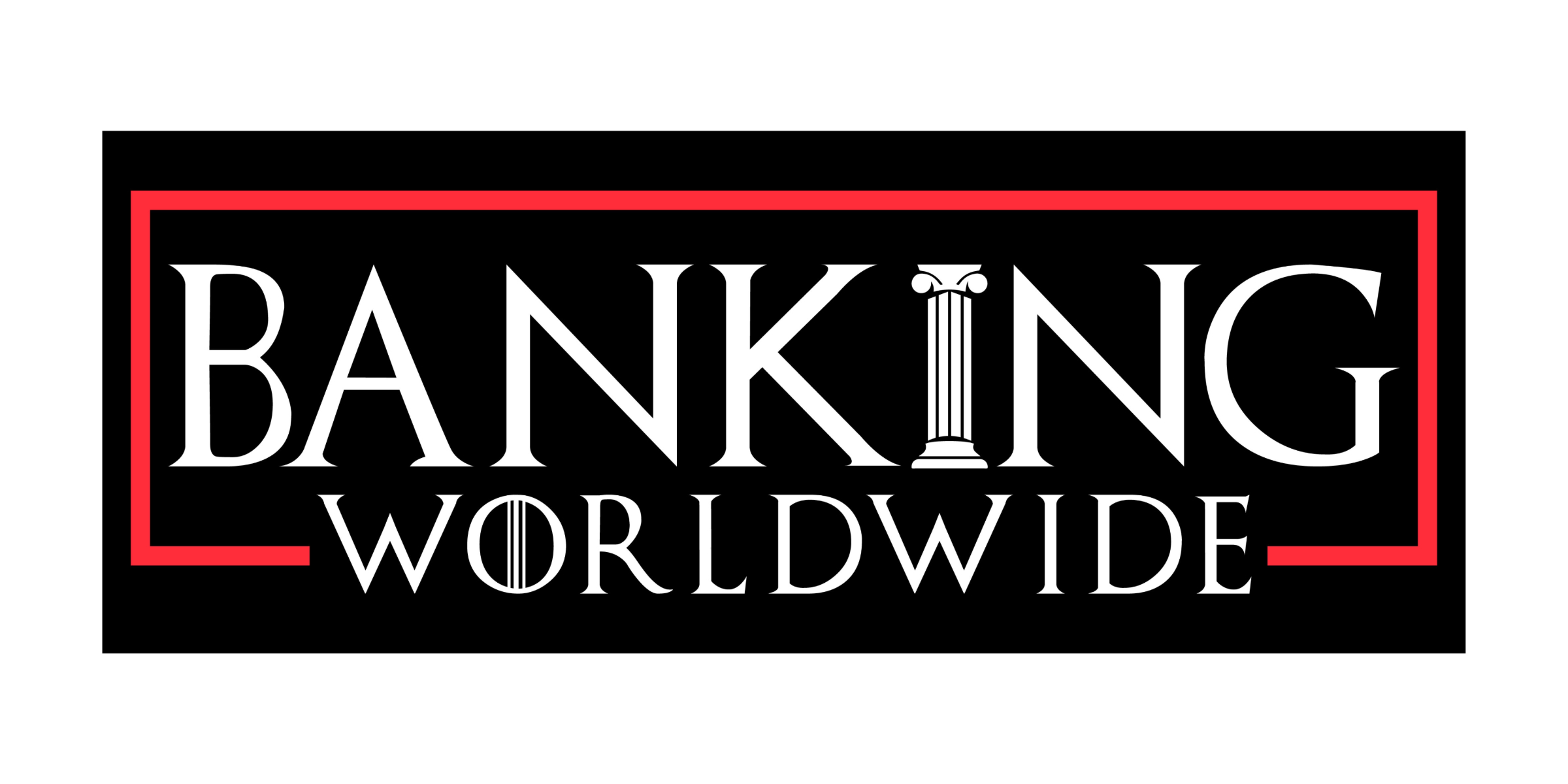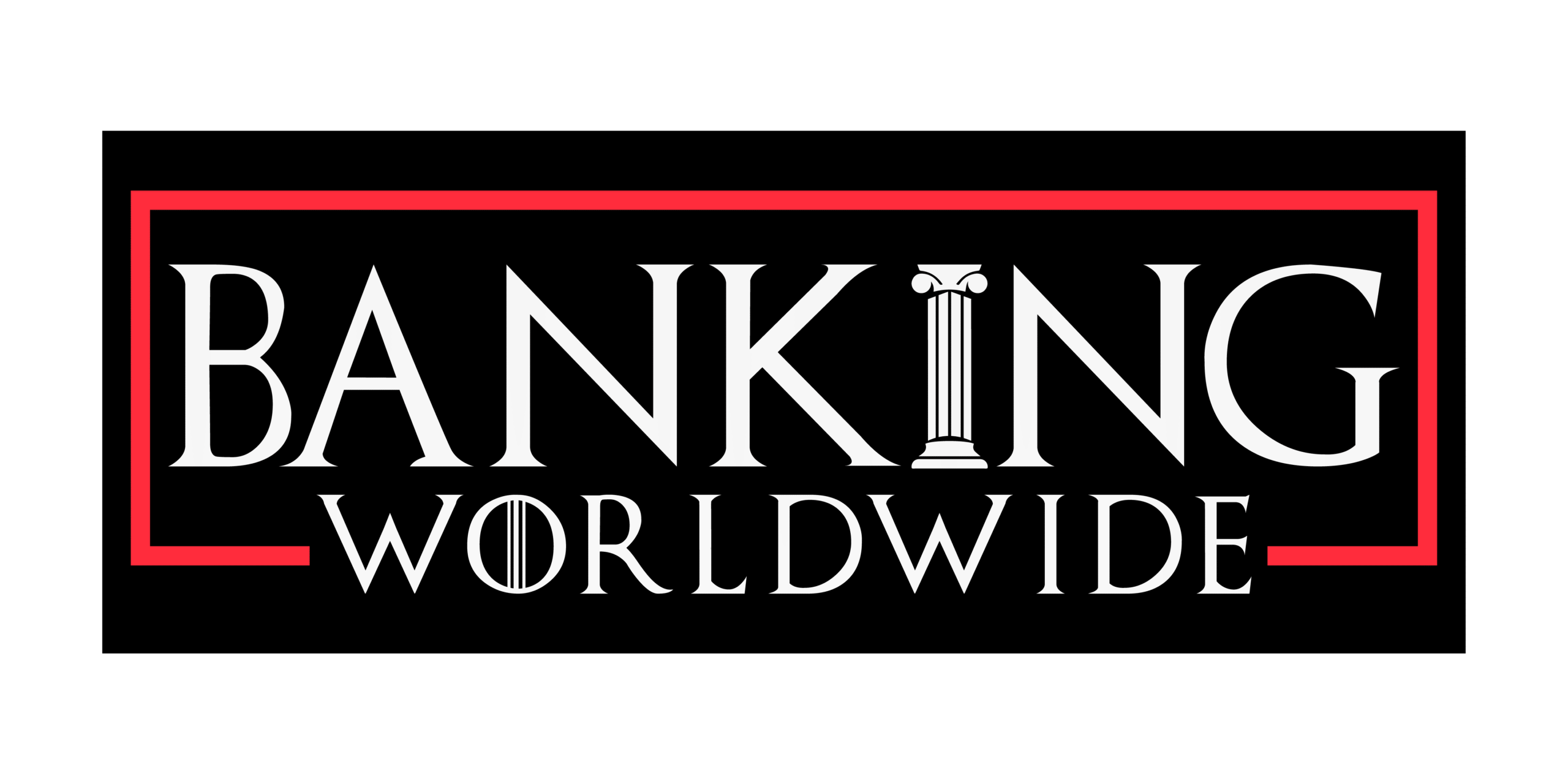As Gulf states push toward more robust regulatory regimes, Bloomberg is stepping up its presence in the region with tools designed to help financial institutions navigate the complexities of local liquidity rules.
The global data and analytics firm has expanded its High-Quality Liquid Assets (HQLA) solution to the United Arab Emirates and Qatar. The move aligns with a broader regional shift toward financial sector modernisation, as regulators in the Gulf adopt and adapt Basel III standards to local conditions.
The HQLA solution, now covering 12 jurisdictions globally, equips banks and asset managers with the data needed to comply with liquidity coverage ratio (LCR) rules — a core post-crisis safeguard intended to ensure institutions can withstand short-term funding shocks. Bloomberg’s offering includes security-level classifications, price stress metrics, and central bank collateral eligibility indicators.
“With more institutions entering the Middle East, the demand for transparent, high-quality regulatory data is rising fast,” said Leila Sadiq, Bloomberg’s Global Head of Enterprise Data Content. “Our solution bridges the gap between global standards and local rules.”
Wider Implications for the Region
This move is more than just a product rollout — it’s a signal of shifting regulatory maturity in the Gulf. As financial centres in Abu Dhabi and Doha seek to attract global capital, the ability to demonstrate credible risk management and regulatory alignment is becoming a competitive necessity.
By localising a tool as technically intricate as HQLA classification, Bloomberg is helping raise the operational standards for liquidity risk governance. This may help level the playing field between local and foreign institutions, and make it easier for regional banks to interact with global markets on standardised terms.
For regulators, such tools also lower the barriers to effective supervision. In an era of increasing cross-border financial integration — particularly with Gulf Cooperation Council (GCC) ambitions of financial harmonisation — having data-driven infrastructure in place enhances resilience and transparency.
Moreover, this kind of data architecture positions the Gulf to play a more active role in shaping future regulatory norms, rather than merely implementing them. If regional financial centres can show consistent, rule-based discipline around liquidity and capital, they may attract a greater share of global institutional investment.
Outlook
Bloomberg’s regional expansion reflects a broader truth: that Gulf markets are no longer fringe players in global finance. As these economies diversify beyond hydrocarbons, the integrity of their financial systems will be under increasing international scrutiny.
Solutions like Bloomberg’s HQLA tool may seem technical, but they are foundational to a larger narrative — one in which the Middle East seeks not just to participate in global markets, but to help define their future.






